The largest volcanoes in the world
Volcanoes, for all their danger, are one of the most beautiful and majestic wonders of nature. Active volcanoes look especially beautiful at night. But this beauty brings death to everything around. Lava, volcanic bombs, pyroclastic flows, consisting of hot volcanic gases, ash and stones, can wipe out even large cities from the face of the earth. Mankind managed to be convinced of the incredible power of volcanoes during the infamous eruption of Vesuvius, which killed the ancient Roman cities of Herculaneum, Pompeii and Stabiae. And there are many such examples in history.
The largest volcanoes in the world - let's talk today about these dangerous, but beautiful giants. Our list includes volcanoes of varying degrees of activity - from conditionally dormant to active. The main selection criterion was their size.
Height 5230 meters
Opens the rating of the largest volcanoes on Earth active stratovolcanolocated in Ecuador. Its height is 5230 meters. The top of the volcano consists of three craters with a diameter of 50 to 100 meters. Sangai is one of the youngest and most restless volcanoes in South America. Its first eruption occurred in 1628. The last one took place in 2007. Now the volcanic activity of the giant from the Equator is estimated as moderate. Tourists who have visited the Sangay National Park, on the territory of which the volcano is located, can climb to its peak.
Height 5,455 meters
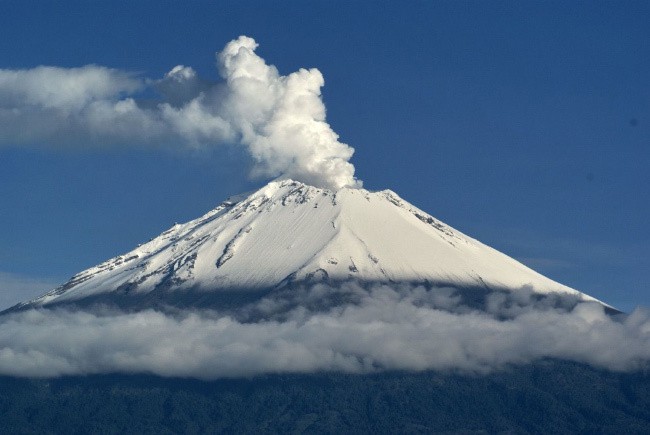
On the 9th place among the largest volcanoes in the world -. It is located in the Mexican Highlands. The height of the volcano is 5455 meters. Even in a calm state, the volcano is constantly shrouded in a cloud of gases and ash. Its danger lies in the fact that there are densely populated areas around the volcano, and Mexico City is located 60 kilometers from it. The last eruption of the giant happened quite recently - on March 27, 2016, it threw out a kilometer column of ash. The next day, Popocatepetl calmed down. In the event of a strong eruption of the Mexican giant, it will threaten the safety of several million people.
Height 5642 meters
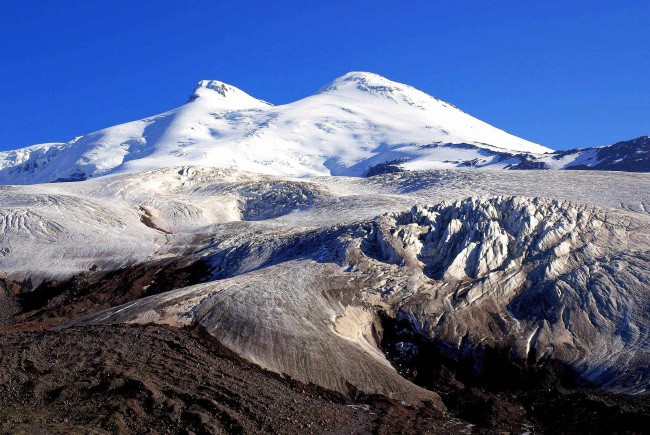
There are large volcanoes in Europe as well. In the North Caucasus, there is a stratovolcano, whose height is 5642 meters. This is the highest peak in Russia. Elbrus is one of the seven highest mountain peaks on the planet. Regarding the activity of the giant, the opinion of scientists differs. Some consider it an extinct volcano, while others consider it to be fading. Sometimes Elbrus becomes the center of small earthquakes. In some places on its surface, sulfurous gases come out of cracks. Scientists who believe that Elbrus may wake up in the future are of the opinion that the nature of its eruption will be explosive.
Altitude 5,675 meters
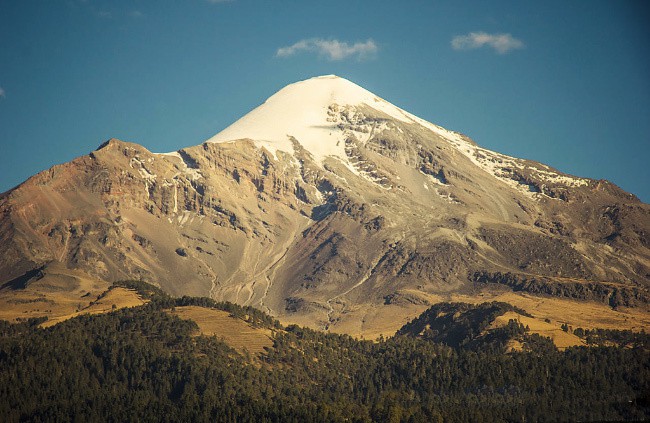
Seventh place in the list of the largest volcanoes on Earth is occupied by the highest peak in Mexico. The height of the volcano is 5675 meters. It last erupted in 1687. Now Orizaba is considered a dormant volcano. From its top, stunning panoramic views open up. In order to protect the volcano, a reserve was created.
Height 5,822 meters
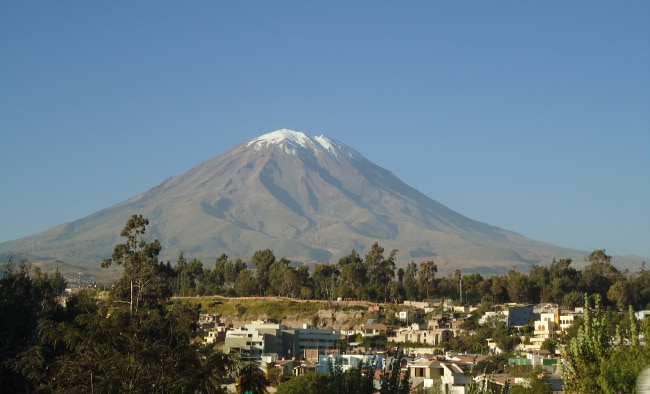
On the 6th place in the list of the largest volcanoes is located in the south of Peru. Its height is 5822 meters. Misty is an active volcano. It last erupted in 1985. In January 2016, an increase in fumarolic activity was observed on the volcano - steam and gas holes appeared. This is one of the signs of an impending eruption. In 1998, six Inca mummies were found near the inner crater of the volcano.
An interesting fact is that many buildings in the city of Arequipa, located 17 kilometers from the volcano, are built from white deposits of Misti pyroclastic flows. Therefore, Arequipa is called the "White City".
Altitude 5,895 meters
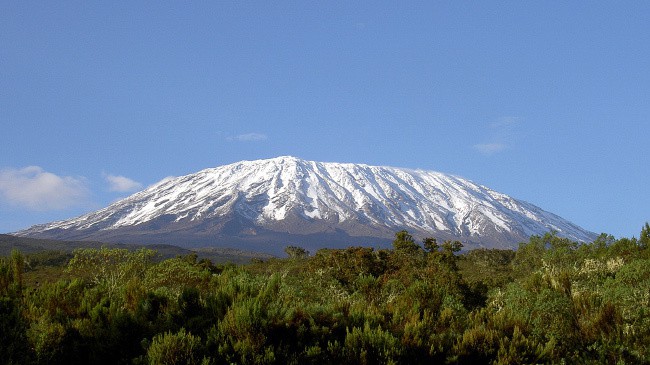
The fifth place among the largest volcanoes on the planet is occupied by the highest point of the African continent -. Scientists have concluded that this giant stratovolcano with a height of 5895 meters is potentially active. Now he periodically emits gases and there is a possibility of the collapse of the crater of the volcano, which can provoke its eruption. There is no documentary evidence of the activity of Kilimanjaro, but there are legends of local residents that speak of an eruption that occurred about 200 years ago.
Altitude 5,897 meters
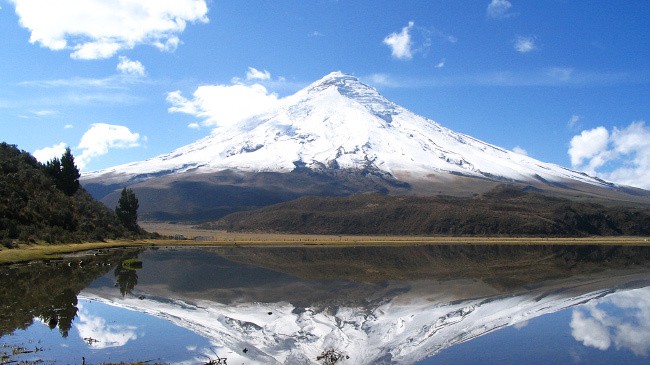
In fourth place in the list of the largest volcanoes on Earth is the second largest peak of Ecuador. This is an active volcano, whose height is 5897 meters. The first time its activity was recorded in 1534. Since then, the volcano has erupted more than 50 times. The last strong eruption of Kotpahi happened in August 2015.
Height 6 145 meters
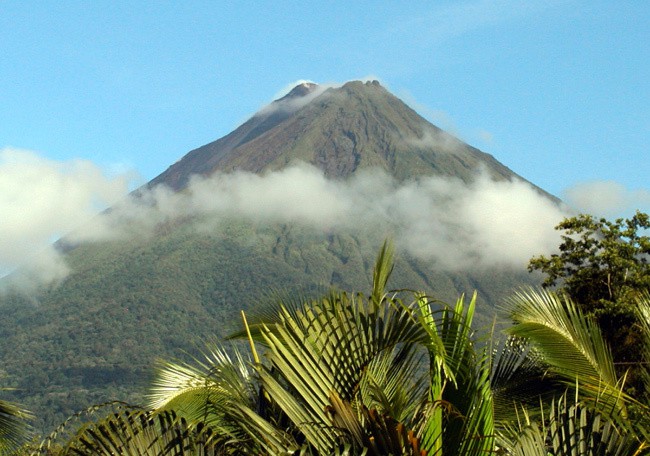
Active stratovolcano, located in Chile, ranks 3rd among the largest volcanoes in the world. Its height is 6145 meters. The last volcanic eruption occurred in 1960.
Height 4205 meters
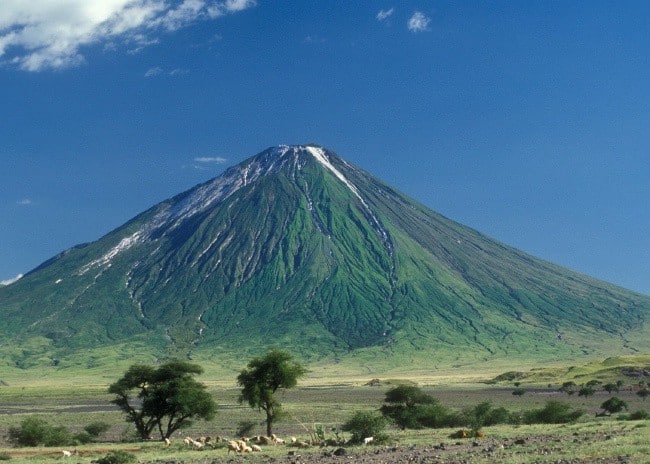
The second place among the largest volcanoes in the world is occupied by a volcano located on the Hawaiian Islands. In terms of volume, it is the largest volcano on Earth, containing over 32 cubic kilometers of magma. A giant was formed more than 700 thousand years ago. Mauna Loa is an active volcano. In 1984, its eruption lasted almost a month and caused great damage to the locals and the area surrounding the volcano.
Height 6,739 meters
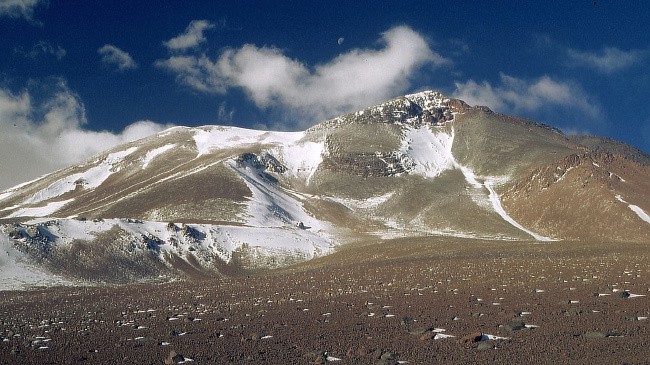
In first place among the largest volcanoes in the world is an active starter volcano. It is located on the border of Argentina and Chile. Its height is 6739 meters. The giant's last eruption took place in 1877. Now it is in the solfataric stage - from time to time the volcano releases sulfurous gases and water vapor. In 1952, during the first ascent of Llullaillaco, an ancient Inca sanctuary was found. Later, on the slopes of the volcano, archaeologists discovered three child mummies. Most likely, they were sacrificed.
This is interesting. The Yellowstone caldera, which is approximately 55 km by 72 km in size, is called a supervolcano. It is located in Yellowstone National Park USA. The volcano has not been active for 640,000 years. Beneath its crater is a magma bubble over 8,000 meters deep. During its existence, the supervolcano erupted three times. Each time, this caused major cataclysms that changed the face of the Earth at the site of the eruption. When the supervolcano wakes up again, it is impossible to predict. Only one thing can be said with certainty - a cataclysm of this magnitude is capable of putting the existence of our civilization on the brink.




